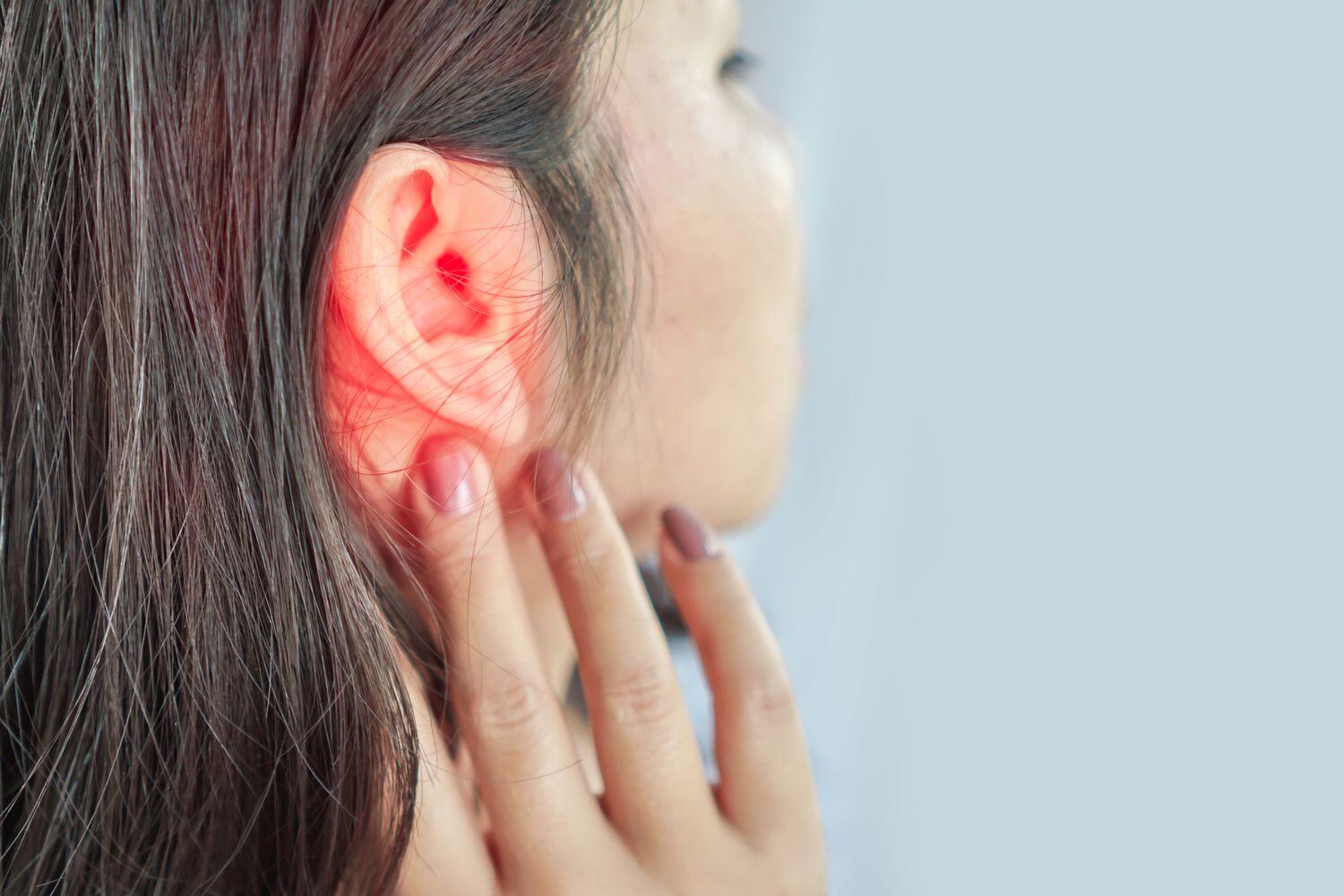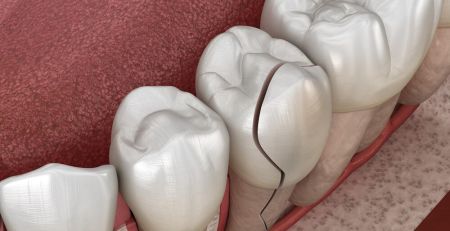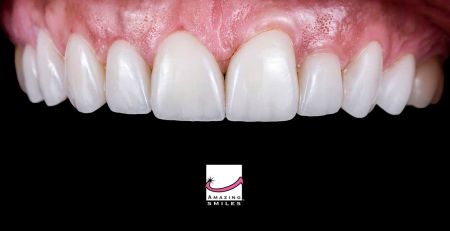Table of Contents
Our body’s systems are intricately connected; sometimes, an issue in one area can unexpectedly affect another.
One fascinating example of this interconnectedness is the potential link between ear and tooth infections. While they may seem like separate issues, problems with the teeth can lead to ear infections, and vice versa.
Understanding Ear Infections
Ear infections, or otitis media, are common, particularly in young children. These infections occur in the middle ear, a small, air-filled space behind the eardrum.
Viruses or bacteria can cause them and are often associated with upper respiratory infections, allergies, or sinus problems.
Common symptoms of ear infections include ear pain, fluid drainage from the ear, hearing loss, and fever.
The Surprising Connection with Tooth Infections
Tooth infections, on the other hand, occur when bacteria penetrate the tooth’s protective layers and reach the pulp, which contains nerves and blood vessels. These infections can arise from untreated cavities, cracked teeth, or abscessed teeth.
When a tooth infection is left untreated, the bacteria can spread beyond the tooth and into the surrounding tissues, including the jawbone.
The Potential Pathway of Infection
The jawbone is near the middle ear, with only a thin layer of tissue separating the two areas.
When a tooth infection spreads into the jawbone, it can create a pathway for the bacteria to reach the middle ear, leading to an ear infection. This is known as a referred infection, where a problem in one area of the body indirectly affects another.
Common Symptoms of Ear and Tooth Infections
Understanding Ear Infection Indicators
Ear infections are a common health issue affecting people of all ages. Early recognition of symptoms is critical to effective treatment and preventing complications.
- Ear Pain: The most noticeable symptom of an ear infection is ear pain, which can range from mild discomfort to severe, sharp pain. It may worsen when lying down or during changes in atmospheric pressure.
- Fluid Drainage: Some ear infections may cause fluid drainage from the ear. This fluid can be clear, pus-like, or even blood-tinged, indicating the presence of a disease.
- Hearing Loss: Temporary hearing impairment is often a symptom of an ear infection, typically resulting from fluid buildup or inflammation in the middle ear, which blocks sound transmission.
- Fever: A fever often accompanies ear infections, especially in children, as the body’s immune response activates to fight the disease.
- Dizziness: When the inner ear is affected, an individual might experience dizziness or vertigo, a sensation of the room spinning.
Key Indicators of Tooth Infection
Tooth infections or dental abscesses can lead to serious oral health complications if left untreated. Understanding their symptoms is crucial for timely dental intervention.
- Toothache: The hallmark of a tooth infection is a toothache. This pain can be persistent or intermittent, ranging from a dull ache to sharp, intense pain that often worsens with chewing or when pressure is applied to the tooth.
- Sensitivity to Temperature: A common symptom of a tooth infection is increased sensitivity to hot or cold temperatures. This sensitivity can cause discomfort or sharp pain when consuming hot or cold foods and drinks.
- Facial or Gum Swelling: Swelling in the gums around the affected tooth or visible swelling in the face or cheek can indicate a tooth infection. This swelling can be tender to the touch and may be accompanied by redness.
- Bad Taste and Odour: An infected tooth may discharge pus due to the infection, leading to a bad taste in the mouth and often bad breath.
- General Discomfort: In more severe cases, the infection can cause overall feelings of illness, including headaches, fatigue, and even nausea.
The Importance of Seeking Prompt Care
Ear and tooth infections require timely attention to prevent complications and relieve discomfort. If you experience symptoms of either, it is essential to seek professional care from your dentist or your nearest general doctor.
Your local dentist will conduct a thorough examination, which may include dental X-rays, to accurately diagnose a tooth infection.
Delaying treatment can lead to complications, including the spread of infection, hearing loss, or severe oral health issues.
Professional evaluation and treatment can alleviate symptoms, address the underlying cause, and ensure overall health and well-being.
Depending on the severity and whether the condition is related to oral issues, dental treatment options may involve antibiotics, root canal therapy, or tooth extraction.
Preventing Ear and Tooth Infections
Good oral hygiene and regular dental check-ups can help prevent tooth infections. This includes brushing twice daily, flossing, and avoiding sugary foods and drinks.
For ear infections, avoiding exposure to secondhand smoke, ensuring proper ventilation in the ear during swimming or bathing, and promptly addressing allergies or sinus issues can reduce the risk.
The intriguing link between ear and tooth infections underscores the importance of comprehensive healthcare and the recognition of the interconnectedness of our bodily systems.
Don’t delay seeking professional care if you suspect an ear or tooth infection. Dental and medical professionals play crucial roles in diagnosing and treating these conditions.
By promptly addressing any infections, you can preserve your oral and overall health and enjoy a life free from discomfort.
Disclaimer: The information provided in this article is for general informational purposes only and should not be considered a substitute for professional medical or dental advice, diagnosis, or treatment. Amazing Smiles Dental strongly advises individuals to consult their nearest healthcare professional or a qualified dentist for any specific dental or medical concerns. The content in this article does not constitute a doctor-patient relationship, and readers should not rely solely on the information presented herein for making decisions about their oral or overall health. Always consult a qualified healthcare professional for personalised advice and treatment tailored to your needs. Amazing Smiles Dental takes no responsibility for any actions or decisions readers take based on the information provided in this article.





